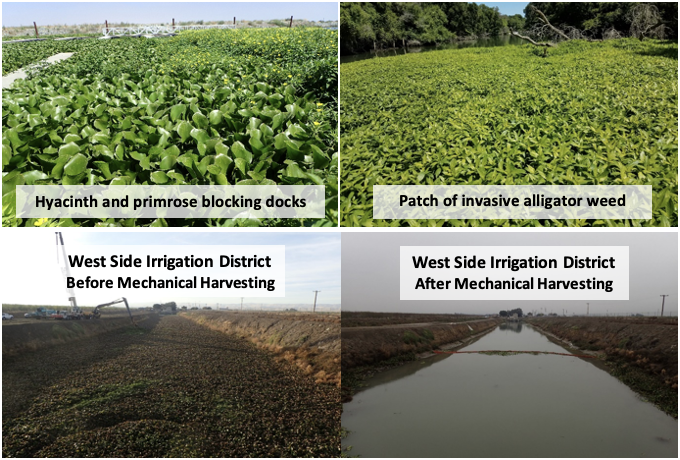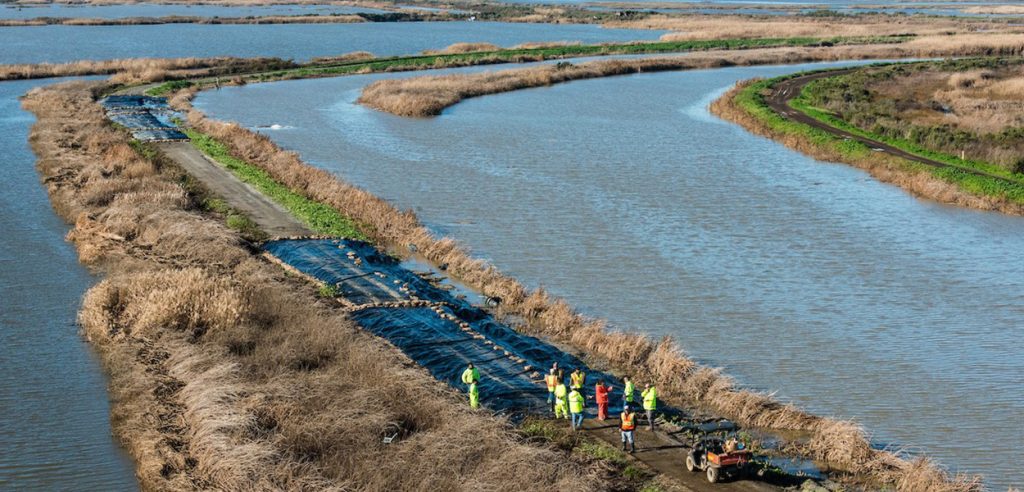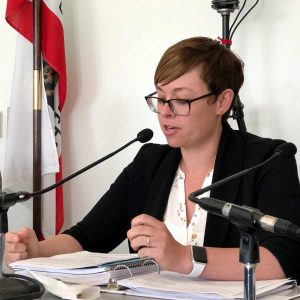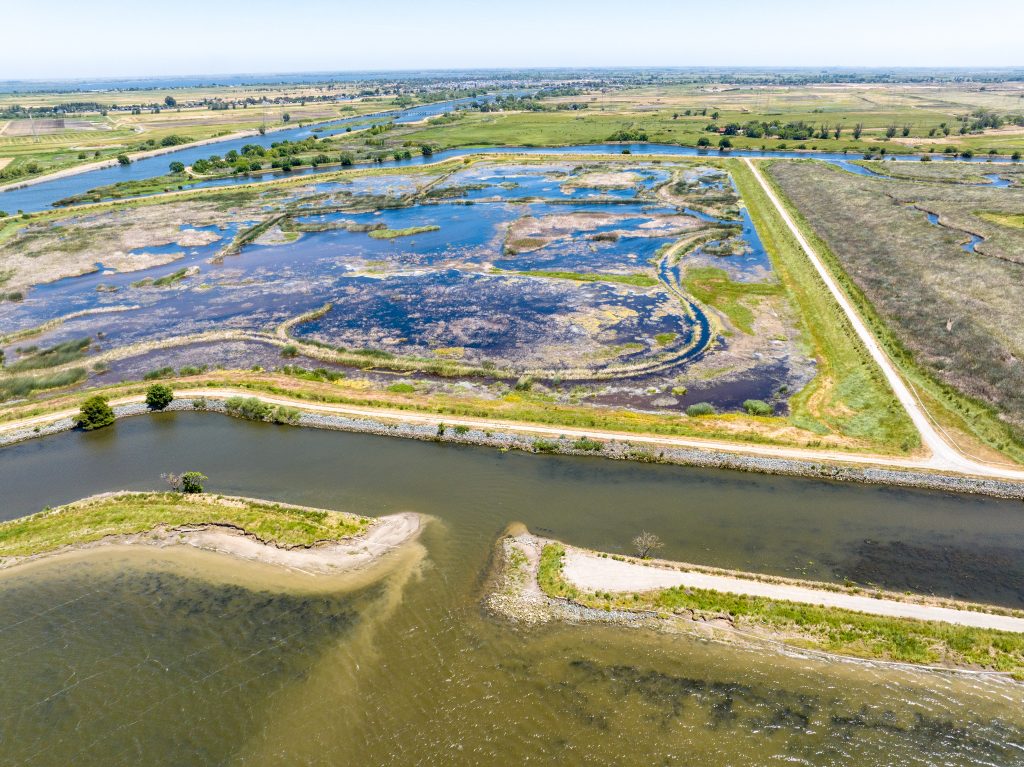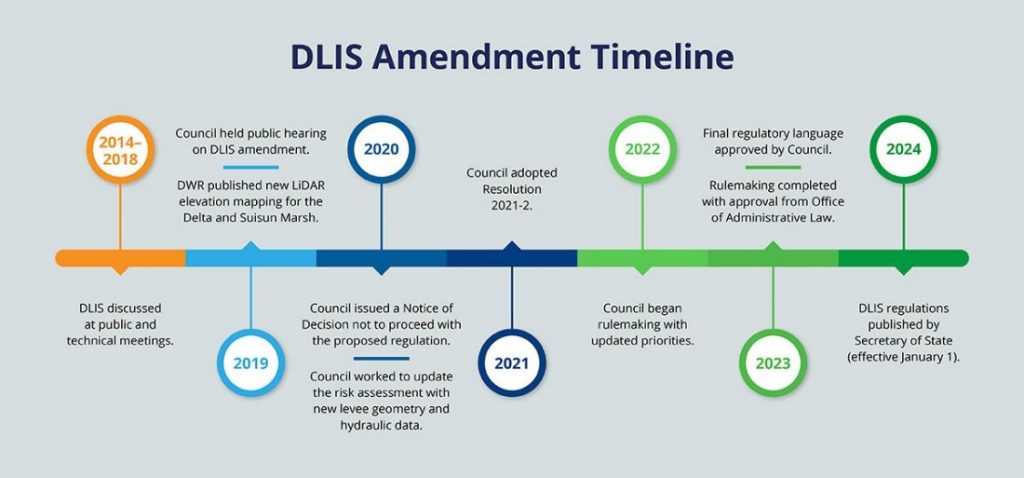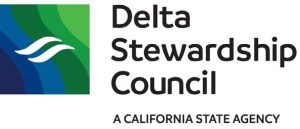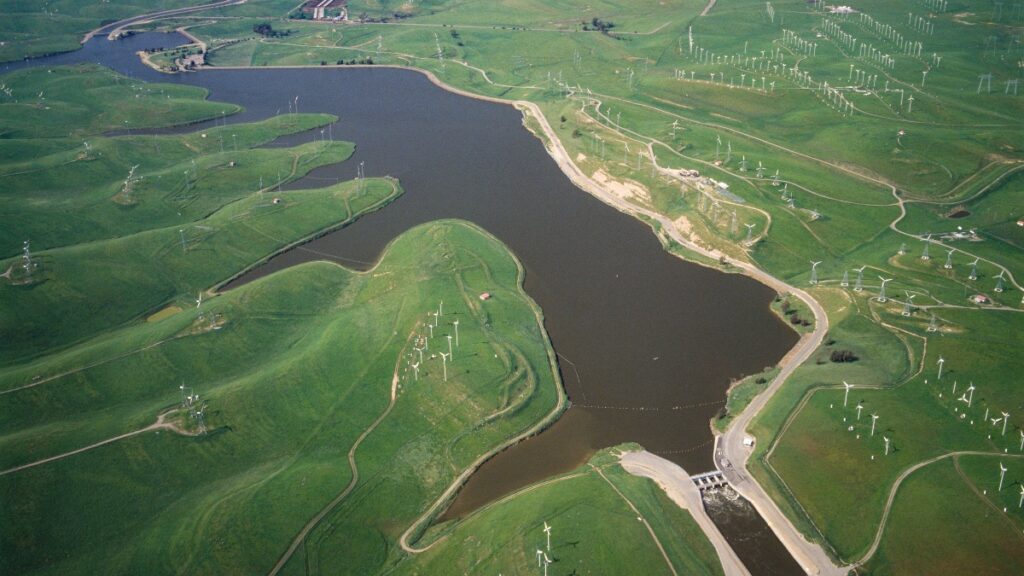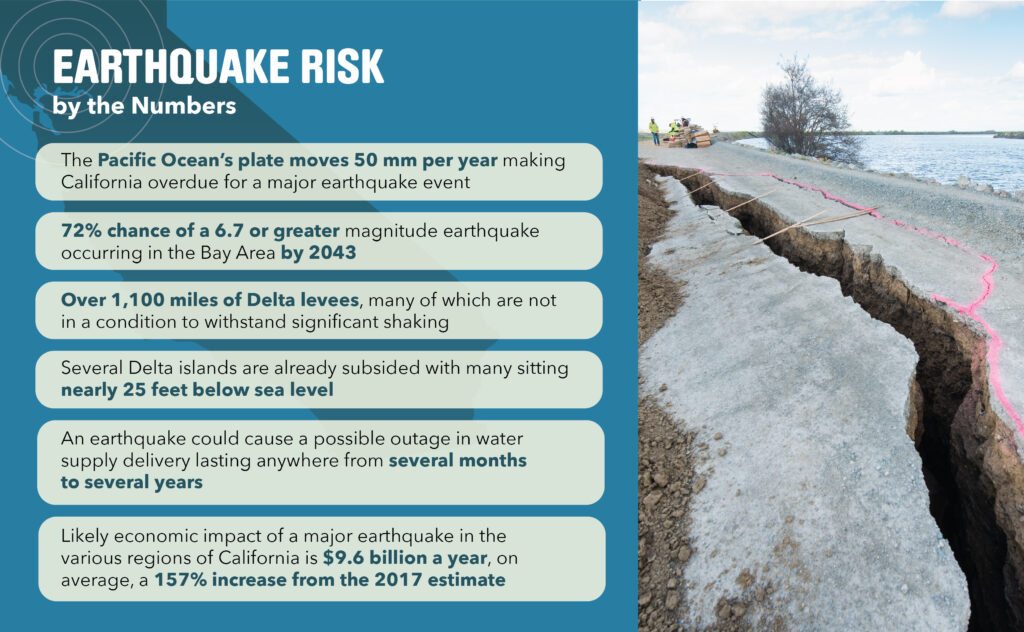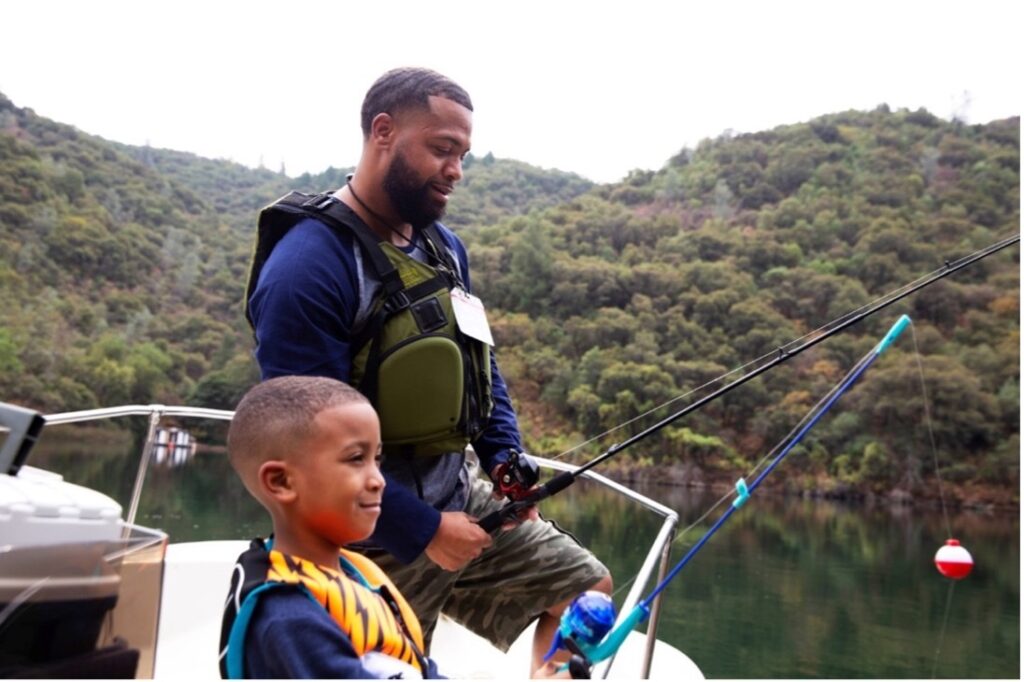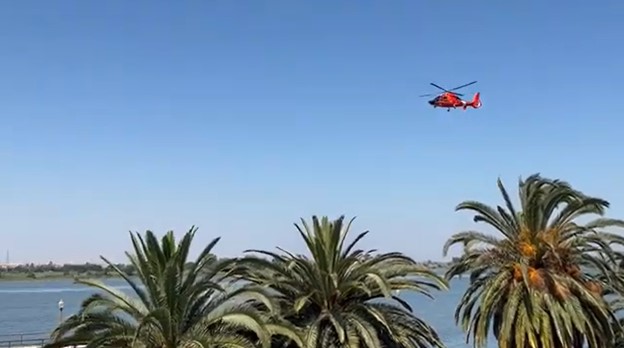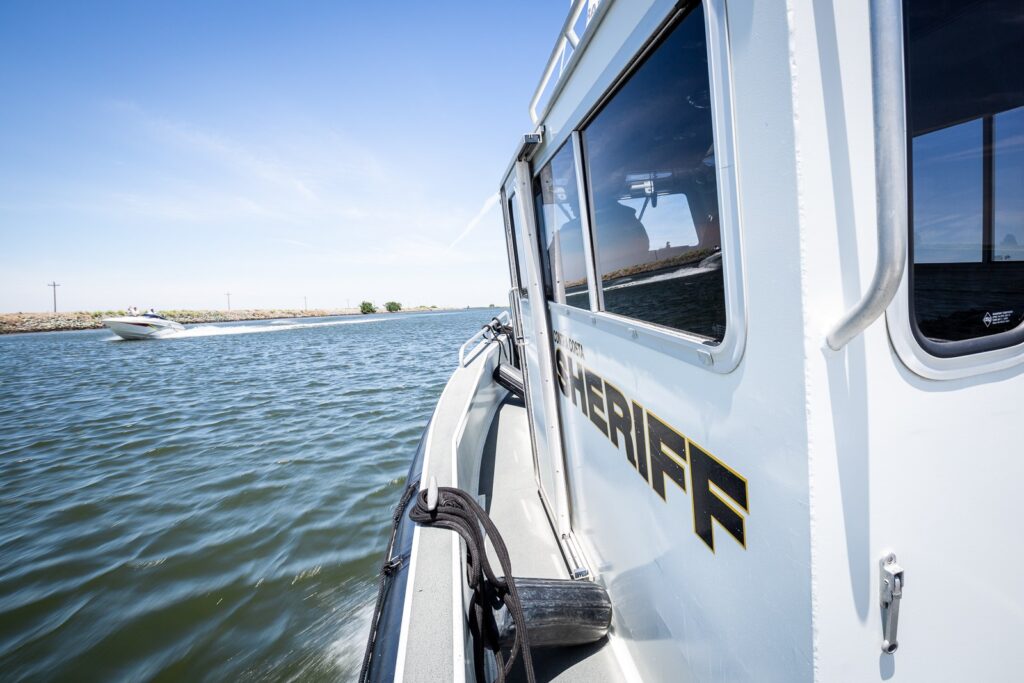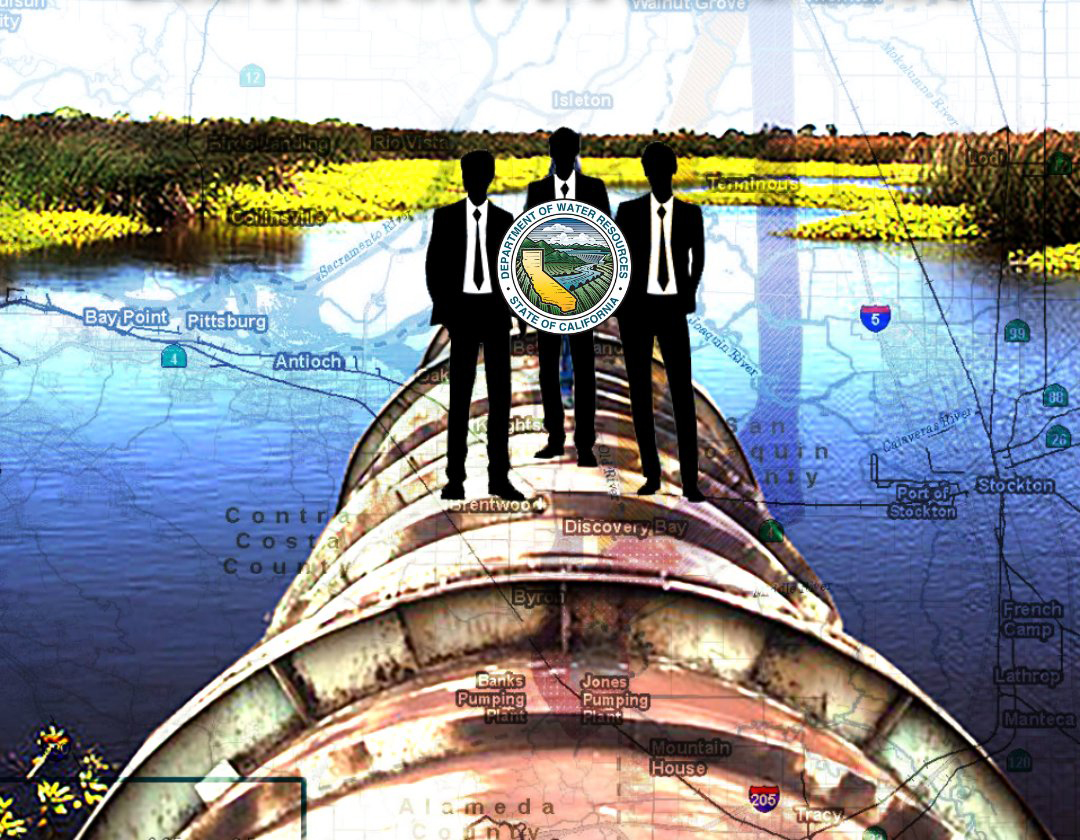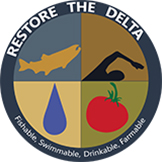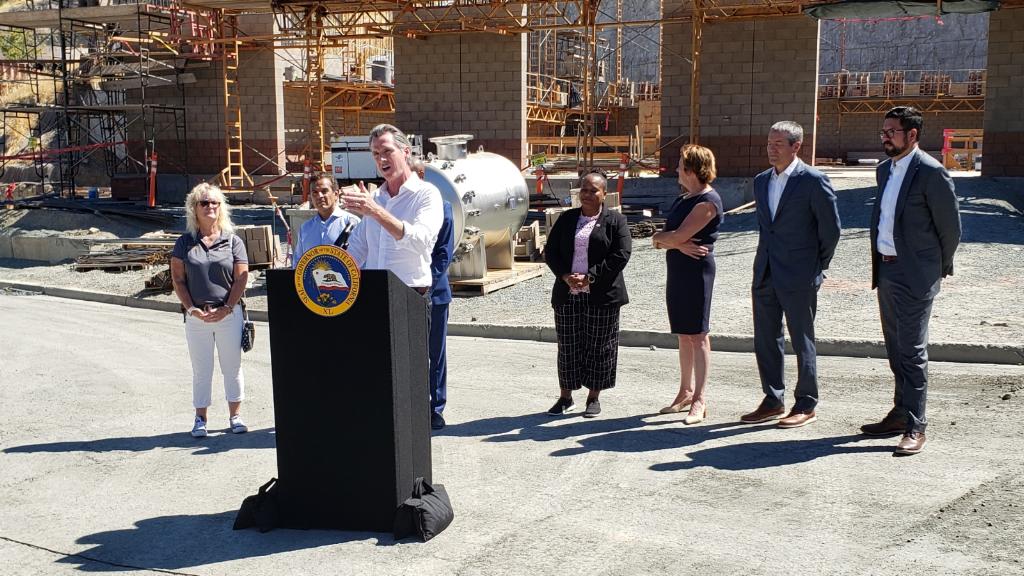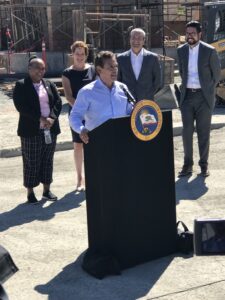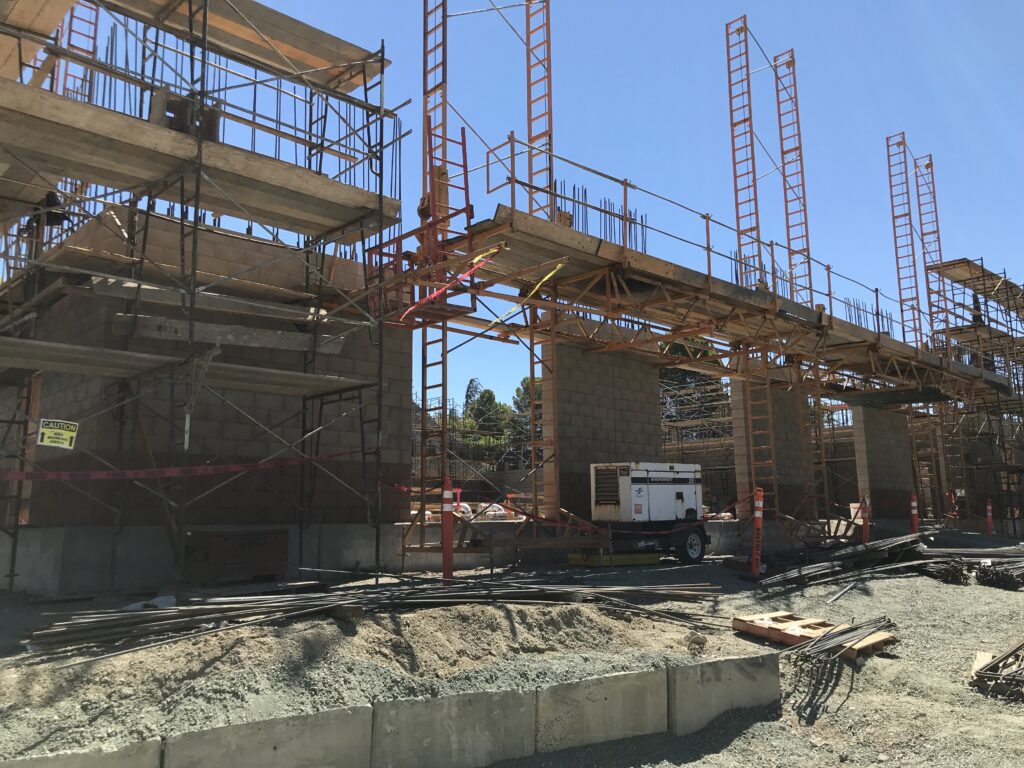SACRAMENTO, Calif.— California State Parks’ Division of Boating and Waterways (DBW) today announced plans to control aquatic invasive plants in the west coast’s largest estuary, the Sacramento-San Joaquin Delta and its southern tributaries. Starting March 6 through Nov. 30, 2024, DBW crews will begin herbicide treatments on water hyacinth, South American spongeplant, Uruguay water primrose, Alligator weed, Brazilian waterweed, curly leaf pondweed, Eurasian watermilfoil, coontail, ribbon weed, and fanwort in the Delta. Depending on weather conditions and plant growth/movement, treatment dates may change. Select areas of the Delta with high infestations or coverage of water hyacinth will be controlled using mechanical harvesting efforts through December 2024.
DBW works with local, state, and federal entities to better understand the plants and implement new integrated control strategies to increase efficacy. These aquatic invasive plants have no known natural controls and negatively affect the Delta’s ecosystem as they displace native plants. Continued warm temperatures help the plants proliferate at high rates. Plants are also known to form dense mats of vegetation creating safety hazards for boaters, obstructing navigation channels, marinas, and irrigation systems. Due to their ability to rapidly spread to new areas, it is likely that the plants will never be eradicated from Delta waters. Therefore, DBW operates a “control” program as opposed to an “eradication” program.
“Thank you to the public and partners for working with us on combating these aquatic invasive plants,” said DBW’s Deputy Director Ramona Fernandez. “Together we are mitigating their impacts on the lives of all who live, work, and recreate in the Delta.”
All herbicides used in DBW’s Aquatic Invasive Plant Control Program are registered for aquatic use with the U.S. Environmental Protection Agency and the California Department of Pesticide Regulation. Treated areas will be monitored to ensure herbicide levels do not exceed allowable limits and follow EPA-registered label guidelines. The public may view the public notices and sign up to receive weekly updates on this year’s treatment season on DBW’s website.
Below is a list of proposed control actions for the 2024 treatment season:
Floating Aquatic Vegetation (Public Notice)
Water hyacinth, South American spongeplant, Uruguay water primrose, and alligator weed.
Herbicide Control
- Proposed Treatment Period
All Sites: March 6, 2024 – Nov. 30, 2024 - Type of Herbicides: Glyphosate, 2,4-D, Imazamox, or Diquat
- Potential Treatment Areas: Initially in and/or around, but not limited to the following areas: San Joaquin River, Old River, Middle River, Fourteen Mile Slough, and Snodgrass Slough.
Mechanical Harvesting (If necessary)
- Harvesting Dates: March 2024 – April 2024 and July 2024 – December 2024
- Mechanical Harvesting Sites: Select areas of the Delta with high infestations or coverage of water hyacinth. See the Public Notice for potential mechanical harvesting control areas.
Submersed Aquatic Vegetation (Public Notice)
Brazilian waterweed, curlyleaf pondweed, Eurasian watermilfoil, coontail, ribbon weed, and fanwort.
Herbicide Control
- Treatment Period: Starting March 6, 2024, through Nov. 30, 2024, treatment period is based upon DBW field survey data, water temperatures and fish surveys.
- Type of Herbicide: Fluridone, Endothall or Diquat.
- Potential Treatment Areas: In and/or around the following areas (individual areas will be noticed prior to treatment application):
Anchorages, boat ramps and marinas: B & W Resort, Delta Marina Yacht Harbor, Grindstone Joes, Hidden Harbor Resort, Korth’s Pirates Lair, Oxbow Marina, Owl Harbor, River Point Landing, Rivers End, St. Francis Yacht Club, Tiki Lagoon, Tracy Oasis Marina, Turner Cut Resort, Vieira’s Resort, Village West Marina, and Willow Berm.
Near Old River: Berkeley Ski Club, Bullfrog Ski Club, Cruiser Haven, Delta Coves, Diablo Ski Club, Discovery Bay, Golden Gate Ski Club, Hammer Island, Italian Slough, Kings Island, Orwood Marina, Piper Slough, Sandmound Slough, Stockton Ski Club, and Taylor Slough.
Sacramento Area: French Island, Hogback, Long Island Slough, Prospect Island, Sacramento Marina, Snug Harbor, and Washington Lake.
Stockton Area: Atherton Cove, Buckley Cove, Calaveras River, Fourteenmile Slough, Mosher Slough, and Windmill Cove.
Mechanical Harvesting
This type of control method is not used for submersed aquatic vegetation. These plants are spread by fragmentation. Cutting the plants back exacerbates the problem, as shreds of the plants float away and re-propagate.
To report sightings, subscribe for program updates or more information regarding the control program, connect with us online at our website, via email at AIS@parks.ca.gov, or by phone at (888) 326-2822.
Last year, DBW treated 2,377 acres of floating aquatic vegetation and 1,405 acres of submersed aquatic vegetation. No mechanical harvesting was conducted. A combination of herbicide, biological, and mechanical control methods were used to help control invasive plants at high-priority sites in the Delta.
In 1982, California state legislation designated DBW as the lead state agency to cooperate with other state, local, and federal agencies in controlling water hyacinth in the Delta, its tributaries, and the SuisunMarsh. The Egeria Densa Control Program was authorized by law in 1997 and treatment began in 2001. In 2012, spongeplant was authorized for control upon completion of the biological assessment. In 2013, DBW was able to expand its jurisdiction to include other invasive aquatic plants, and since then other aquatic invasive plants such as Uruguay water primrose, Eurasian watermilfoil, Carolina fanwort, coontail, Alligator weed, and Ribbon weed have been added to the AIPCP program.
Revenues from boaters’ registration fees and gasoline taxes (Harbors and Watercraft RevolvingFund), provide funding for DBW’s Aquatic Invasive Plant Control Program.

